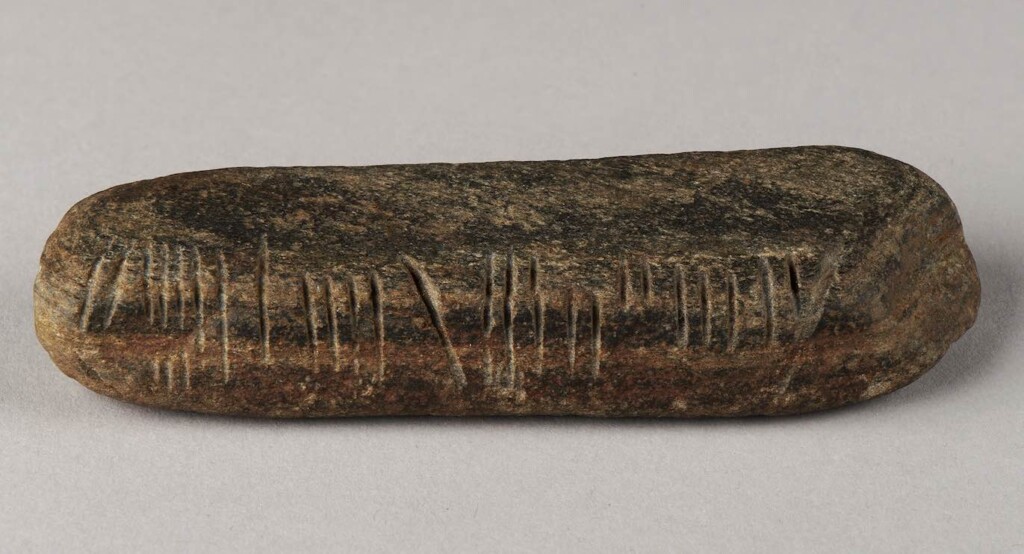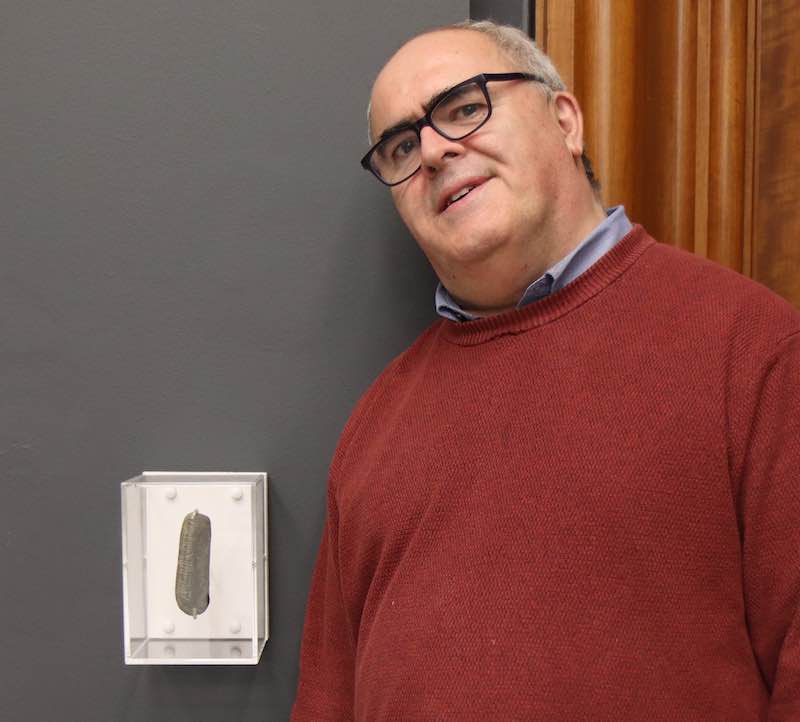
A teacher was left stunned after digging up a stone carved with an ancient Celtic script dating back to the 4th Century while weeding in his garden.
Now, the 4-inch stone (11cm) has gone on display at a museum while experts continue to figure out the full meaning of the mysterious relic.
During the lockdowns of May 2020, many of us found ourselves digging in gardens like Graham Senior. The 55-year-old was clearing out his overgrown flowerbed in Coventry, England when he made the incredible discovery .
It has since emerged the sandstone rock bears an early form of Ogham script from Ireland, dating back around 1,600 years.
The rectangular block features a series of lines inscribed on three sides in a script primarily used in early medieval Ireland.
Scottish historian Professor Katherine Forsyth, from the University of Glasgow, has partially translated the words to reveal a name, “Mael Dumcail”—and the geography teacher who found it believes it was the name of a lover.
“My house sits about 100 yards away from a Roman fort called Lunt which is a visitor attraction and sits downstream of the River Sowe.
“We think a Roman soldier must have been walking away from there when he dropped it.
“It was possibly a keepsake from a sweetheart who he had been left behind in Ireland—but its still obviously quite a mystery.

“It’s a very tactile thing. When you have it in your hand, it just feels right, as if it was meant to be held.
LOOK: Boy Finds Rare Gold Roman Bracelet in a Field Where it Was Lying for 2,000 Years
When the married father-of-two found it in the dirt, he immediately became curious.
“I just saw this thing sticking out of the flowerbed after digging about four or five inches down and thought, ‘that’s not normal’.
“I could tell they were not scratchings from an animal or anything like that and decided to investigate a little further.
“My wife has a friend who is an archeologist and we told her about it, expecting her to not be very impressed.
“But she began getting very excited about it and before we knew it, we were in touch with the local finds officer and various museums from up and down the country.
“I never knew it at the time but it turned out to be quite a remarkable thing to find while weeding out the flowerbed.”

“The Herbert Art Gallery and Museum now has it, but they have done me a nice 3D replica so I do have a nice memento from it.”
Teresa Gilmore, finds liaison officer for Staffordshire and West Midlands, told the BBC it was an “amazing” find.
“Most Ogham inscriptions you generally find in the more Celtic areas—Scotland, Ireland and down in Cornwall—you don’t generally get them down in the Midlands.”
Although no one is yet 100 percent certain of what it actually is, Ms. Gilmore said another theory was that it could have been used by Irish tradesmen to make contact with each other, or linked to people coming over from Ireland to early medieval monasteries in the area.
AMAZING FIND: Amateur Fossil Hunter Calls Her Shot, Finding a Giant Mammoth Tooth After Declaring She Would on Her Birthday
Ali Wells, a curator at the museum where it is displayed in Coventry, said, “It is really quite incredible. The language originates from Ireland, so to have found it here has been an exciting mystery.”
SHOW GARDENERS What To Look For, By Sharing on Social Media…




















